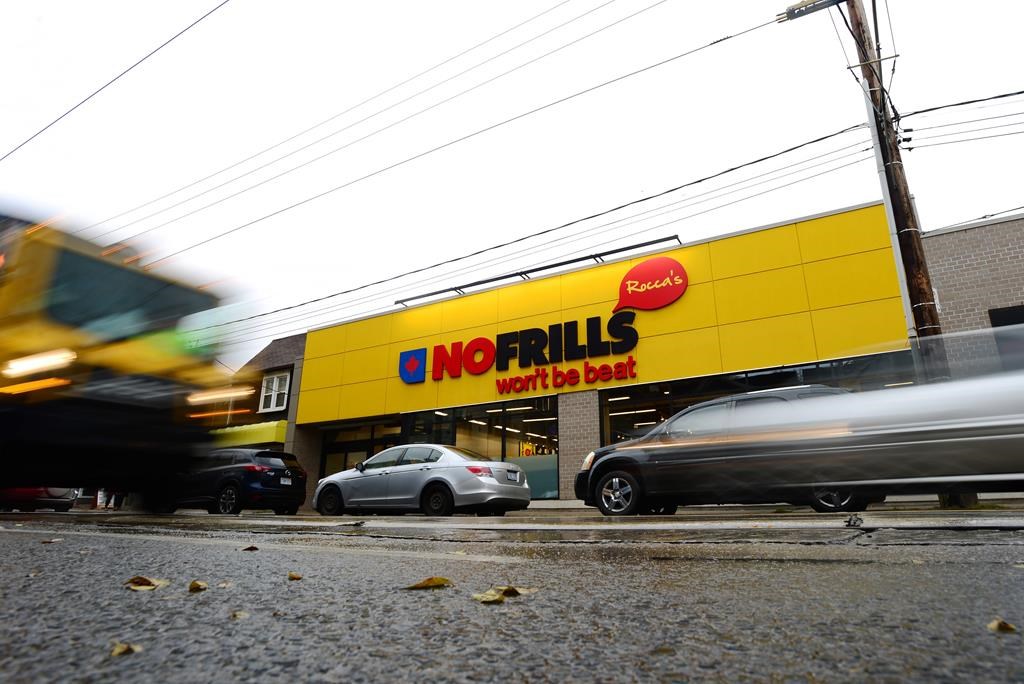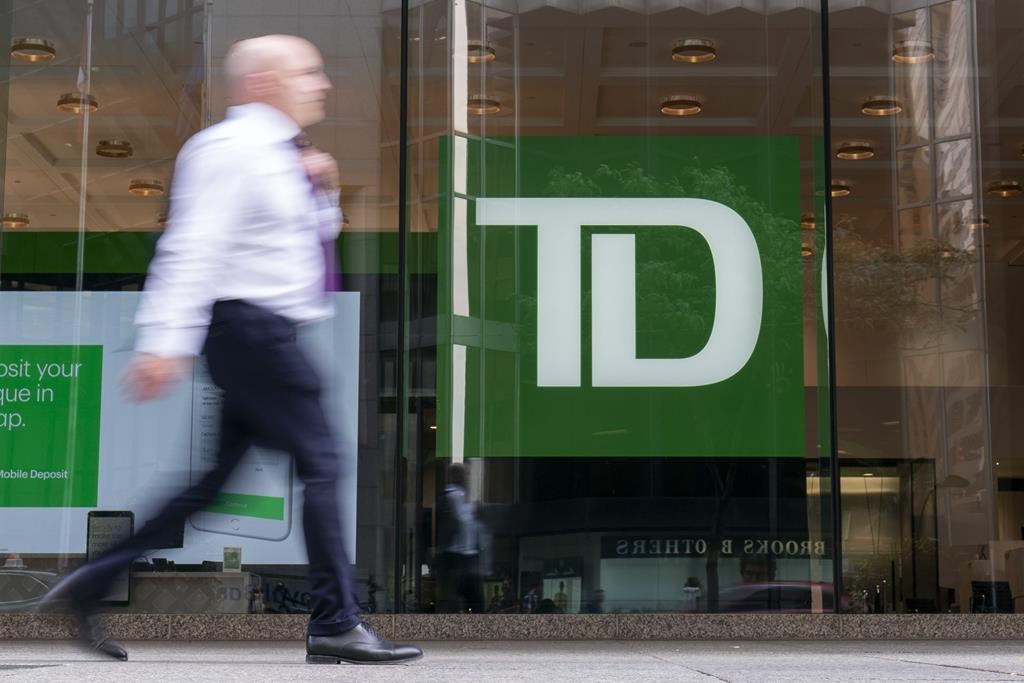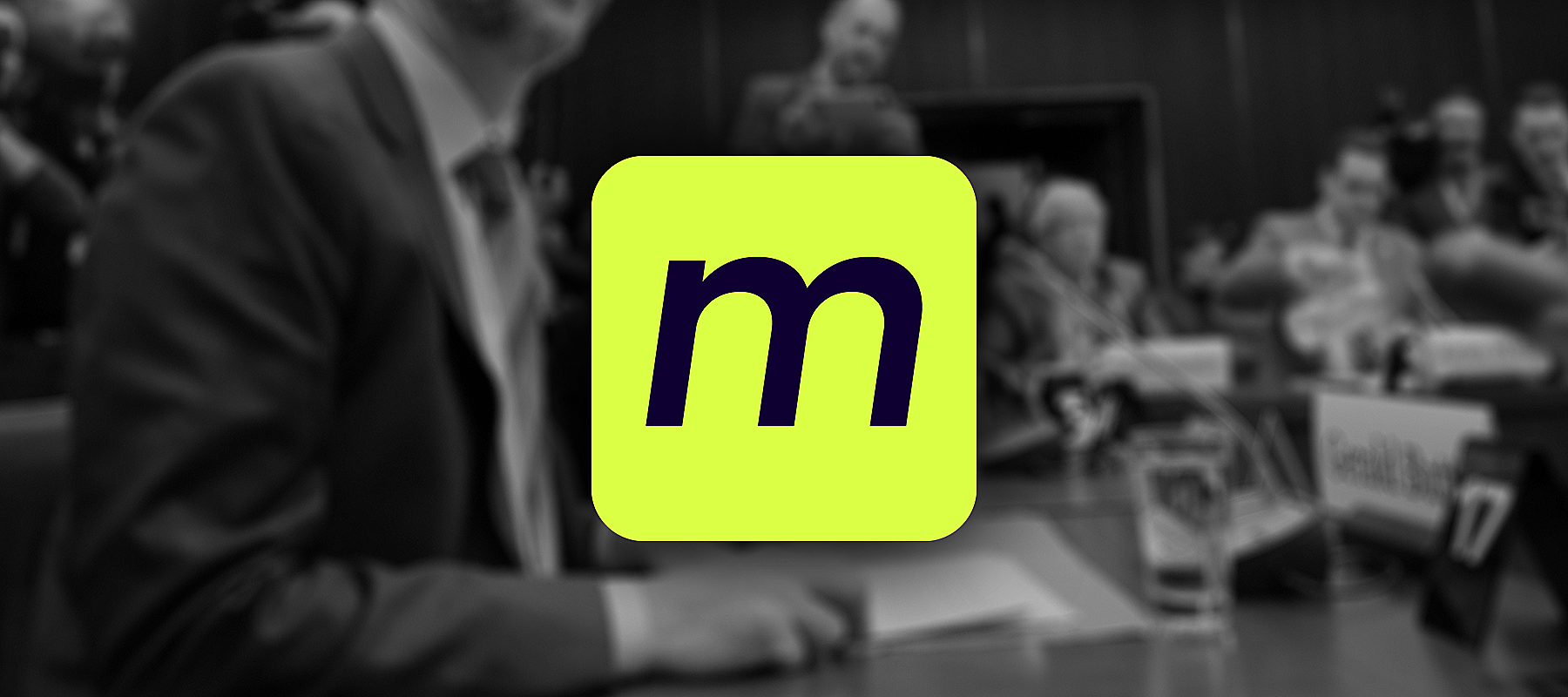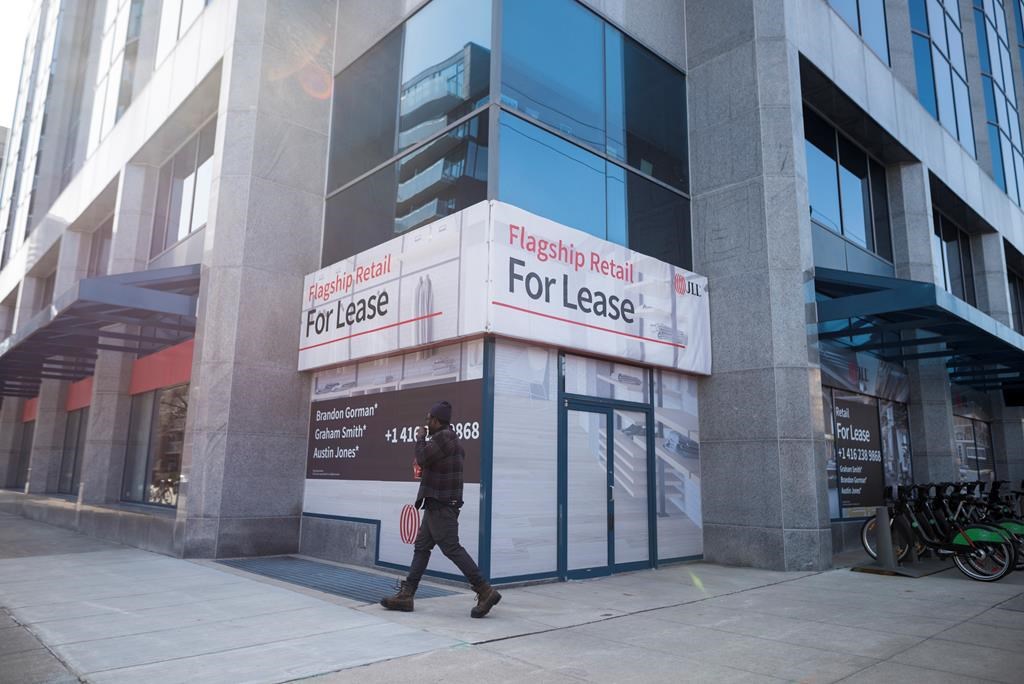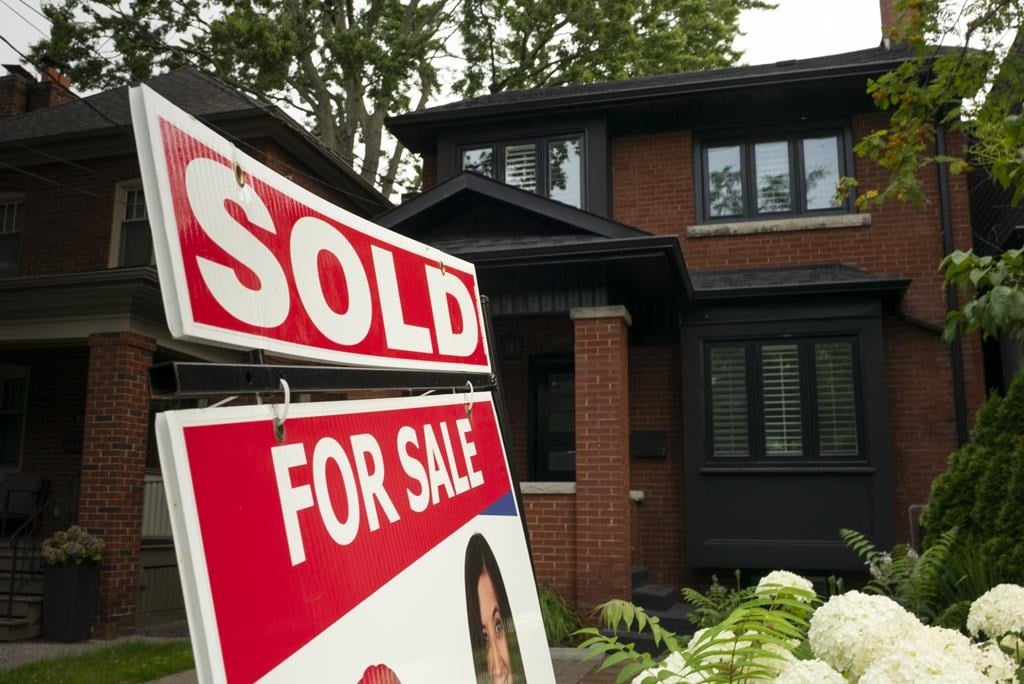
What is a collateral charge mortgage?
DD Images / Shutterstock
Updated: April 23, 2024
Just when you thought mortgages couldn’t get any more complicated, we’re here to introduce another aspect of them – collateral charges. So, what exactly is a collateral charge mortgage? Simply put, a collateral charge mortgage is a type of loan tied to your mortgage. However, how it works is unique.
But that’s a huge oversimplification.
Ready to delve deeper? Let’s uncover all the essential details about collateral charge mortgages that you need to know.
Understanding collateral charge mortgages
A collateral charge mortgage is a type of mortgage in which the lender registers the mortgage for a higher amount than the actual amount being borrowed for your home. This means that you, the borrower, can access extra funds without needing to go through the process of refinancing or applying for a new loan. In Canada, some lenders offer collateral charge mortgages of up to 125% of a home's value.
It's like a line of credit directly tied to your mortgage, but it works a little differently.
These types of mortgages typically allow borrowers access up to a certain percentage of the value of their property – to do with what they want – without needing to negotiate new terms or pay additional legal fees. However, it's important to note that this type of mortgage may have higher fees and less flexibility than traditional mortgages.
Pros and cons of a collateral charge mortgage
Pros
-
Access to additional funds: One of the main advantages of a collateral charge mortgage is that it allows borrowers to access extra funds without the need to apply for a new loan or negotiate new terms. These additional funds can be beneficial for financing home renovations, investments or other expenses without going through the hassle of a new loan application.
-
Efficient borrowing: Collateral charge mortgages excel in streamlining the borrowing process. They eliminate the need for new legal documentation or registration when additional funds are needed. This efficiency can save you valuable time and paperwork, especially if you foresee the need for funds in the future.
-
Debt consolidation: With a collateral charge mortgage, borrowers may have the option to consolidate higher-interest debts into their mortgage, potentially reducing overall interest costs and simplifying debt repayment.
Cons
-
Limited flexibility: Collateral charge mortgages may offer less flexibility than traditional mortgages or home equity lines of credit (HELOCs). Borrowers may have fewer options for repayment terms or face higher fees for accessing additional funds. It’s important to read the terms and conditions of your mortgage to determine how flexible your loan is.
-
Potential impact on refinancing: Since the mortgage is registered for a higher amount, it could impact your ability to switch lenders or refinance your mortgage. Some lenders may require you to pay off the entire registered amount before refinancing with a new lender, which could be costly.
-
Risk of over-using the loan: Easy access to additional funds through a collateral charge mortgage can lead to over-borrowing if not managed carefully. If you’re thinking of taking out a collateral charge mortgage, you should assess your financial situation and avoid taking on more debt than you can comfortably afford to repay. This is a good rule of thumb for all kinds of loans.
Collateral charge mortgage vs standard mortgages
A standard mortgage, the most prevalent method of home purchase, is a loan for the outstanding balance of your home. It necessitates a down payment of at least 5%, making it a widely accepted and reliable option.
Contrasting with a standard mortgage, a collateral charge mortgage is a loan that surpasses the unpaid balance of the home. This type of mortgage offers the borrower access to extra funds, eliminating the need for refinancing or applying for a separate loan and potentially providing more financial flexibility.
Collateral charge mortgage vs purchase plus improvements mortgage
A purchase plus improvements mortgage allows you to borrow the cost of renovations and add it to the home price. It’s a way to purchase a home that requires work before moving in without taking out additional loans.
Rolling the cost of renovations into the mortgage is a convenient way to purchase a fixer-upper. Similar to a collateral charge mortgage, paying attention to the terms and conditions of a purchase plus improvements mortgage is important. Lenders can be strict with timelines for when the work on the home needs to be completed.
There are also strict lending guidelines for purchase plus improvement mortgages. Borrowers can finance up to 95% of the home’s “as improved” value (the value of the house after the work is complete), and improvement costs must be less than 10% of the “as improved” value of the home.
Key considerations for borrowers
Borrowers should consider how well they manage loans before getting a collateral charge mortgage. Although additional funds may be enticing, if you have a history of mismanaging debt, a collateral charge mortgage may not be for you.
Another thing to consider is that conventional mortgages often come with higher legal fees to discharge the loan than standard mortgages. When switching to a new lender, these fees (typically around $800) are often covered by your new lender for standard loans but not for collateral charge mortgages.
Implications for homeowners
The main implication for homeowners who have a collateral charge mortgage is that they can make it more challenging to transfer their mortgage to another lender.
This can limit your options at renewal and make it more challenging to negotiate terms with a new lender.
Comparison with alternative financial products
We've given you a breakdown of a collateral charge mortgage and how it works, but you may wonder if there are any alternatives. Could something similar be a better fit? We got you. Instead of a collateral charge mortgage, you may consider a home equity or a traditional line of credit.
What is a home equity line of credit?
A home equity line of credit (HELOC) is a revolving line of credit that allows homeowners to borrow against the equity in their home. Equity is the amount of your home you own (not what you still owe, which is paid for with your mortgage). Your equity grows with each mortgage payment you make.
HELOCs typically have variable interest rates, allowing you to access funds up to a certain percentage of your home's equity, usually around 80 to 90%. The lender sets a credit limit based on factors such as your creditworthiness, income and home value. You can borrow funds up to your approved credit limit when needed during the draw period, which typically lasts five to 10 years.
What is a line of credit?
A line of credit is a lump sum loan from your bank. Similar to HELOCs, lines of credit often have variable rates. You can draw from your line of credit up to your agreed-upon limit and repay it based on your loan terms.Unlike a HELOC or collateral charge mortgage, lines of credit aren’t secured by your property. Overall, lines of credit are a flexible way to access credit, and its rates are typically much lower than a credit card.
Conclusion
Collateral charge mortgages are one way to access borrowed funds without applying for additional loans. Your home secures them and often has more favourable terms than other loans, such as credit cards.
Before opening a collateral charge mortgage, you should consider whether it’s right for you. A collateral charge mortgage could make it harder to switch lenders at renewal and can sometimes require heftier legal fees.
FAQs

Justin is a writer and editor who has been covering personal finance for over 10 years. He's written for companies such as KOHO, Ratehub, BMO, Zoocasa, and Questrade, among others. Justin also created a course in Content Creation, which he taught at York University for four years. When not writing, Justin can be found at a live concert, on the golf course, riding a motorcycle, or sailing.
Disclaimer
The content provided on Money.ca is information to help users become financially literate. It is neither tax nor legal advice, is not intended to be relied upon as a forecast, research or investment advice, and is not a recommendation, offer or solicitation to buy or sell any securities or to adopt any investment strategy. Tax, investment and all other decisions should be made, as appropriate, only with guidance from a qualified professional. We make no representation or warranty of any kind, either express or implied, with respect to the data provided, the timeliness thereof, the results to be obtained by the use thereof or any other matter.
